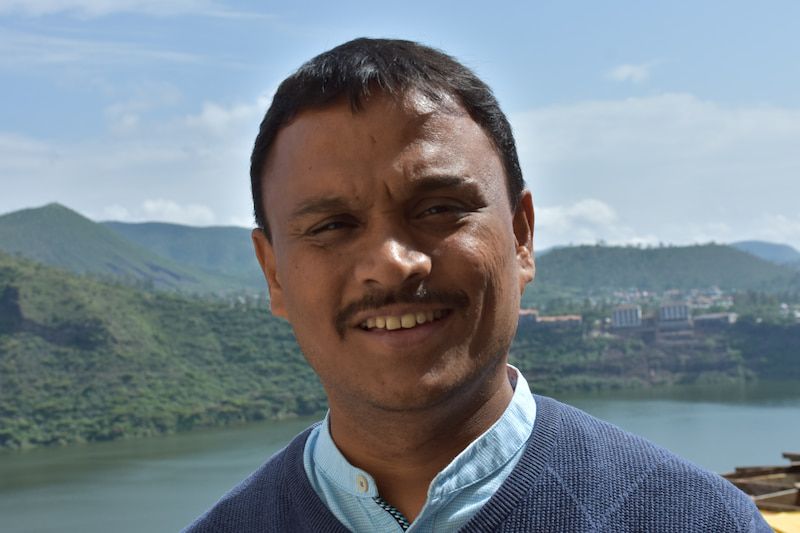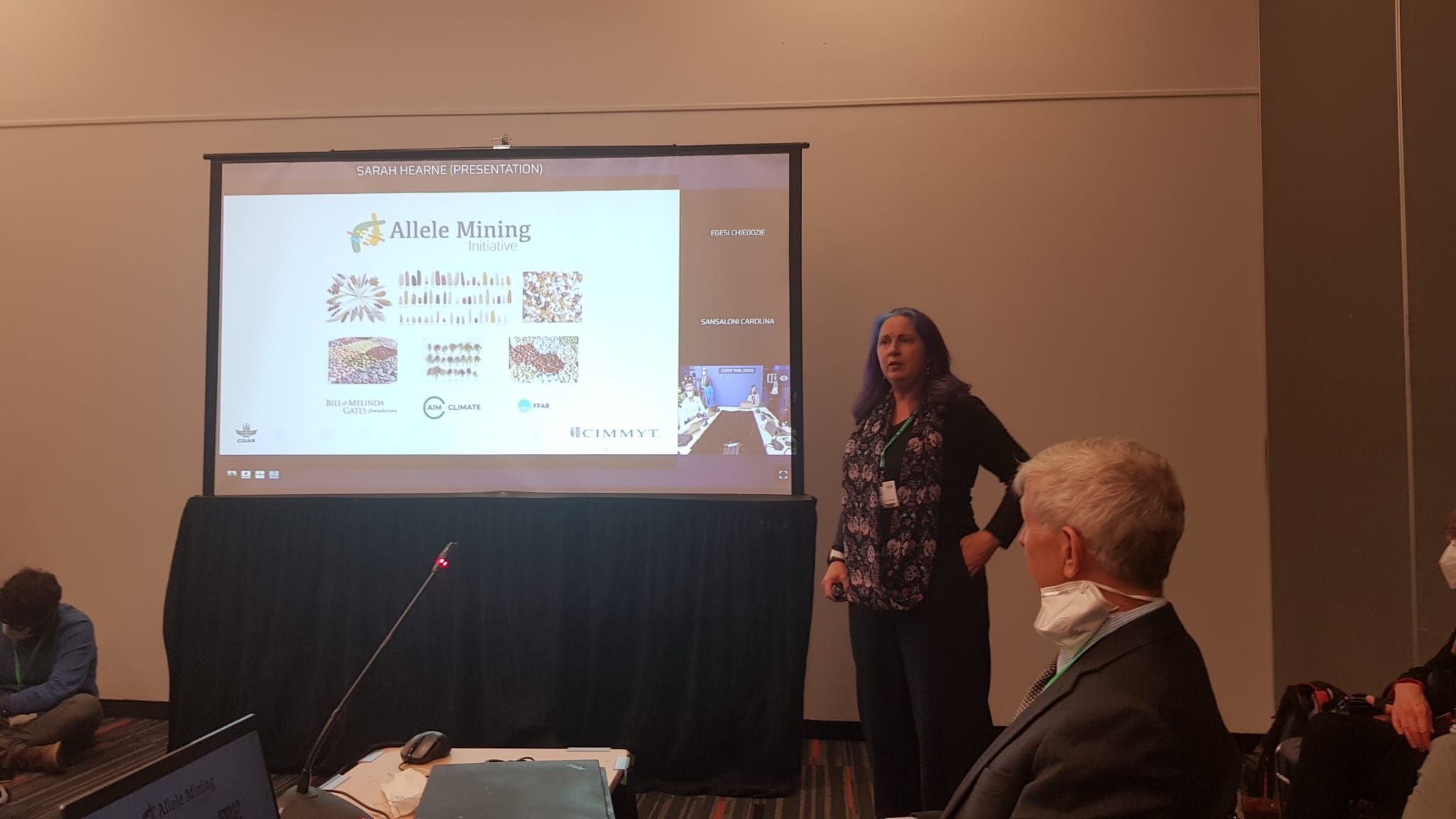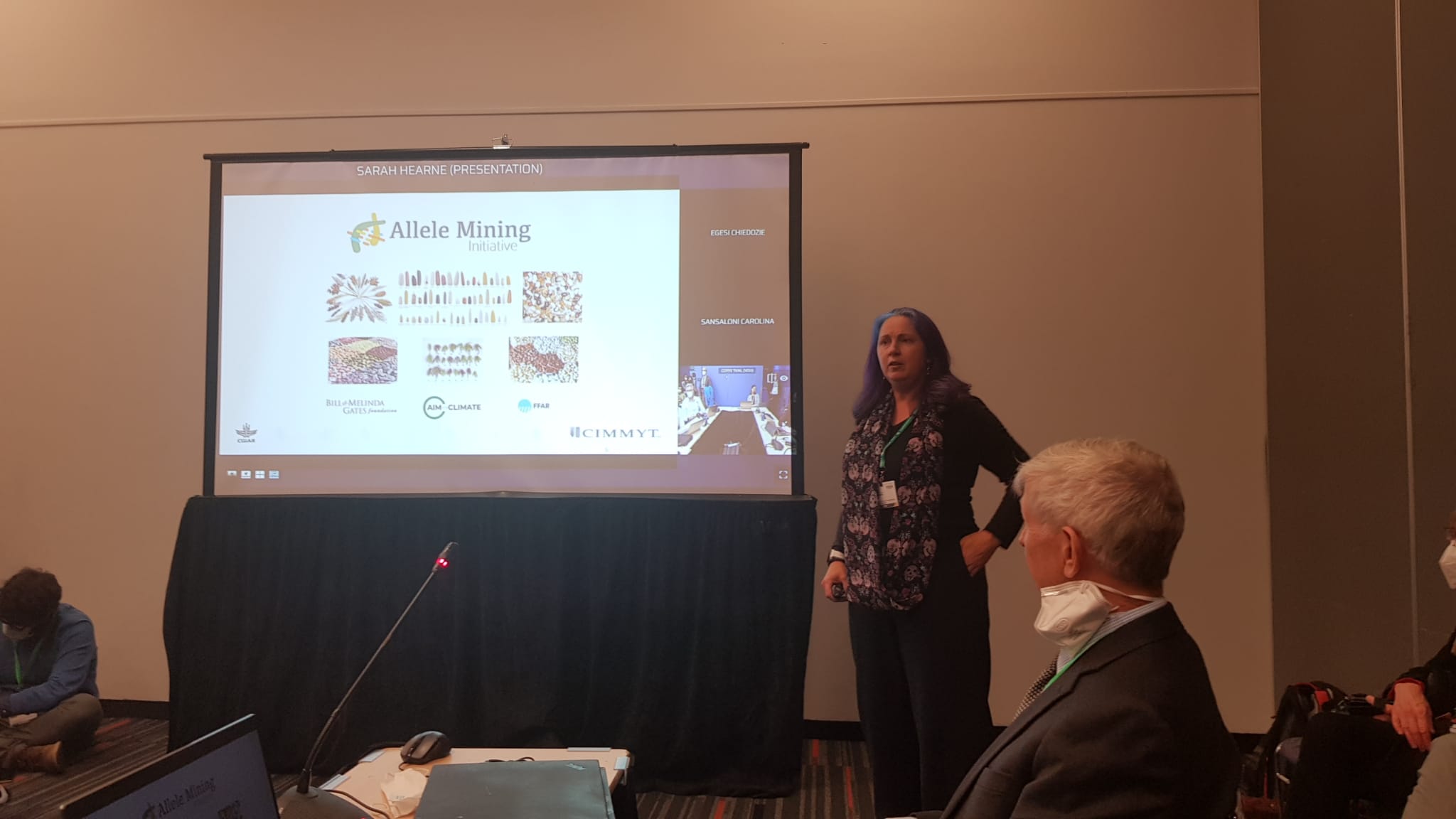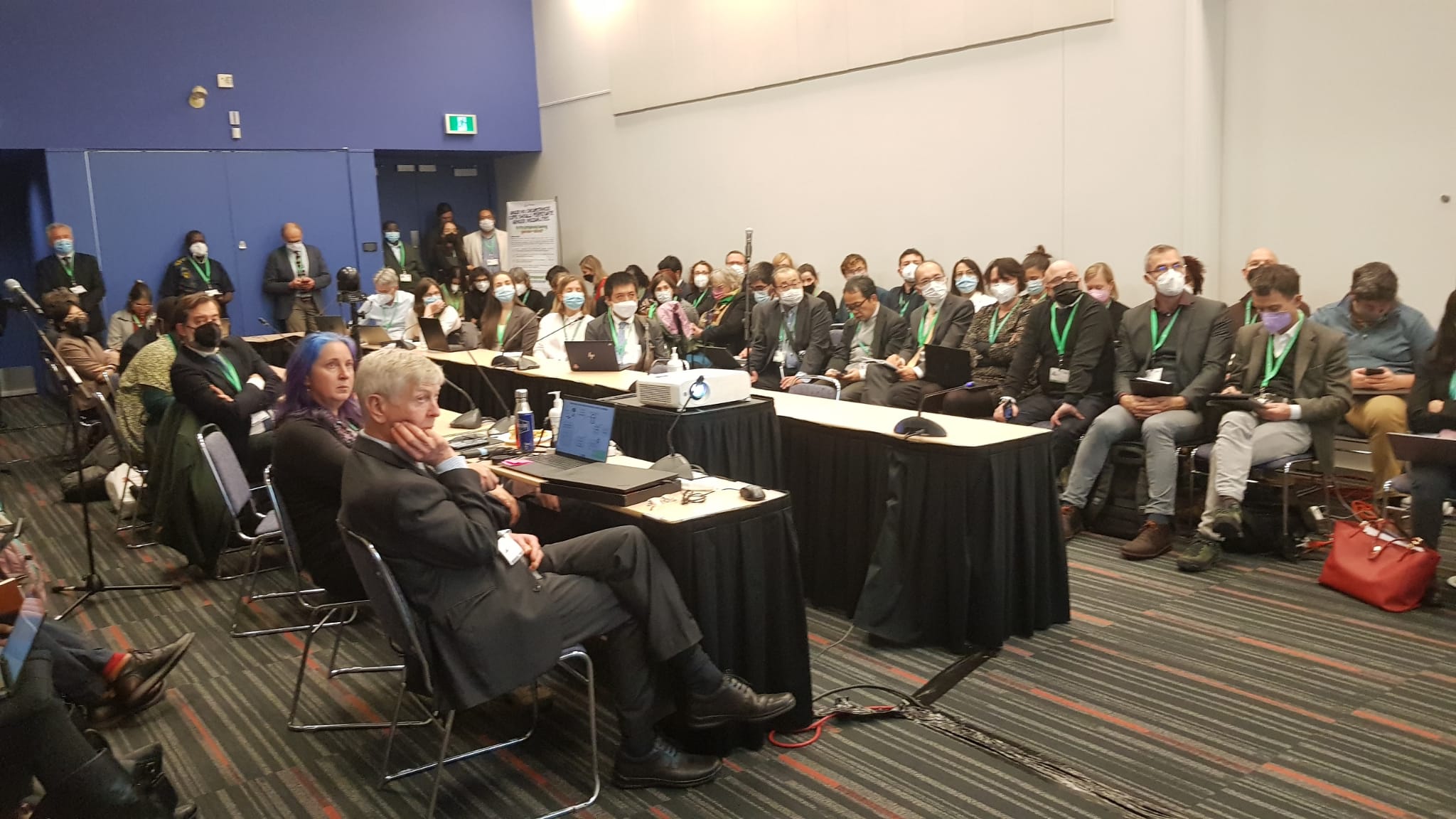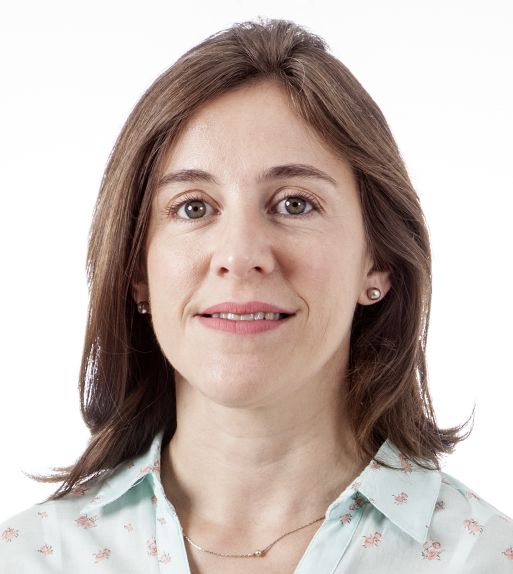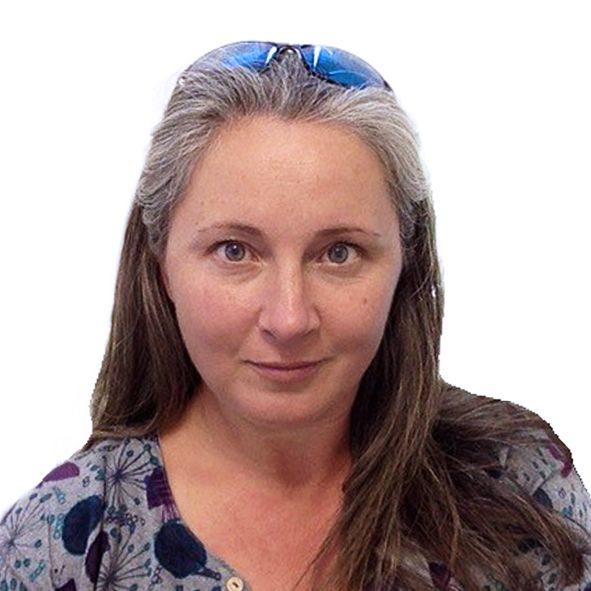Dragan Milic
Dragan Milic is responsible for providing support to the National Agriculture Research Systems (NARS) in Africa, assisting them in the development of breeding improvement plans aimed at delivering increased genetic gains for smallholder farmers. These enhancement strategies will specifically target product profiles, optimization of breeding schemes, utilization of genotyping, automation, mechanization, appropriate breeding software, and establishment of connections with seed producers.
Milić also extends support to national breeding teams in African countries, implementing a comprehensive internal breeding pipeline optimization plan supported by the Excellence in Breeding platform. Furthermore, he assists national partners in integrating and establishing breeding networks with CGIAR institutes and regional and national collaborators.
Before joining CIMMYT, Dragan Milić spent his professional career at the Institute of Field and Vegetable Crops (IFVCNS) in Novi Sad, Serbia. He served as the Head of the Forage Breeding team at IFVCNS and possesses over 20 years of experience in breeding, seed production, and leadership in conventional and molecular alfalfa/forage breeding. Dragan Milić has been a visiting scientist at the Samuel Roberts Noble Foundation and UC Davis through different scholarships funded by the Serbian and US governments.
His main expertise is related to forage and grain legumes breeding, field-based experiment phenotyping, legume genetics, and forage and grain legumes seed systems. He was involved in defining strategies based on conventional and molecular breeding efforts towards variety selection and the development of improved forage/alfalfa germplasm for Southern East Europe and Asia. Dragan is the author of many alfalfa/grain legumes varieties released in Serbia, Belarus, Morocco, Turkey, Ukraine, and the EU.

